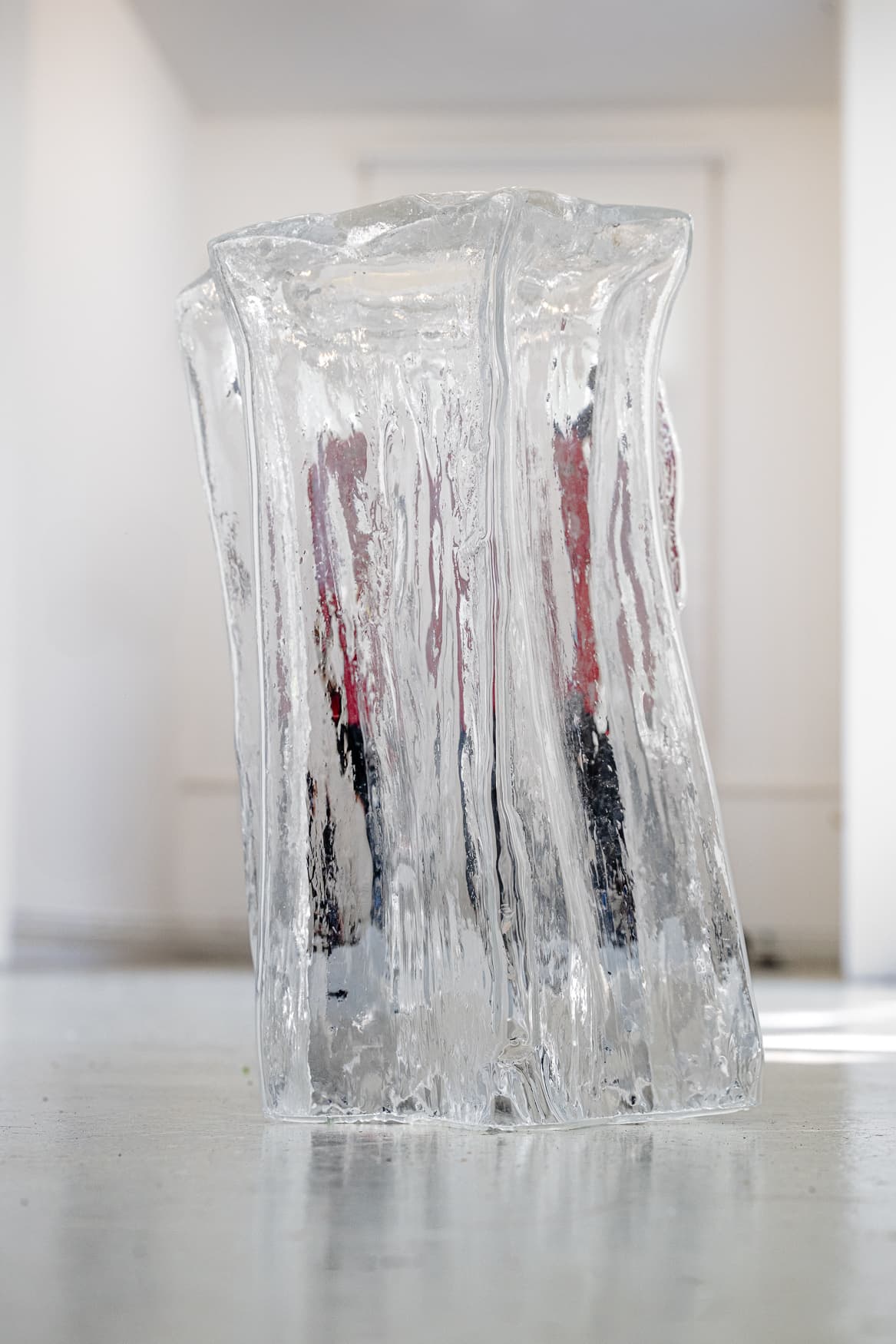Marta Crespí Campomar
Fine Arts
Biography
Marta Crespí is a visual artist from Mallorca. Working across sculpture, installation, video, painting, and text, her practice explores the intersections of personal experience, cultural structures, and knowledge production. Her work examines memory, materiality, and nonlinear systems of wisdom transmission, creating fragmented, shifting narratives that challenge fixed forms and institutional discourses.

I no longer want to be cured from this emotive nostalgia
I no longer want to be cured from this emotive nostalgia. I read this sentence a few years ago, in an old magazine from my town of 1997, at my great-grandmother's house. The writer was talking about the feeling of returning home after years away, coming back by the death of his father—the saddest event of his life, as he said. He goes through memories of childhood and the slow transformations of the place that raised him. This project started from a similar feeling. It unfolds as a process of gathering: elements, materials, and memories drawn together, forming a conversation, a route made through time and space. The first visit to the exhibition space revealed an overlooked detail: a forgotten ceiling This work emerges from a reflection on absence, memory, and the overlooked traces of labor embedded within our surroundings. The project began with a an encounter in the exhibition space, where a seemingly inconspicuous ceiling—forgotten and untouched—became a focal point. It evoked memories of conversations with my grandfather who, as a craftsman, spoke of the pleasures and struggles of working with his hands. His stories of plaster work, once rooted in the labor of craftsmanship, intersected with the industrialization of the trade, highlighting the physical toll and the mechanization that erased personal touch from the process. In response to this, the work seeks to address the invisible histories of those who, like my grandfather, left no name behind in the architecture they helped build. It is a meditation on how the contributions of anonymous laborers often remain absent from the narratives that shape our built environments. While prestigious architects’ names are celebrated, the workers’ efforts—marked only by the materials they left behind—remain unspoken. The work investigates the intersection between memory and materiality, allowing objects and fragments—stones, plaster, text—to embody the silent stories of labor. A stone found on the street, resembling an ancient millstone, and a text molded from the city’s surface, embody forgotten functions, transforming these fragments into new forms of recognition. These elements are preserved, yet transformed, engaging with history through subtle interventions that breathe new life into objects and narratives typically ignored.
